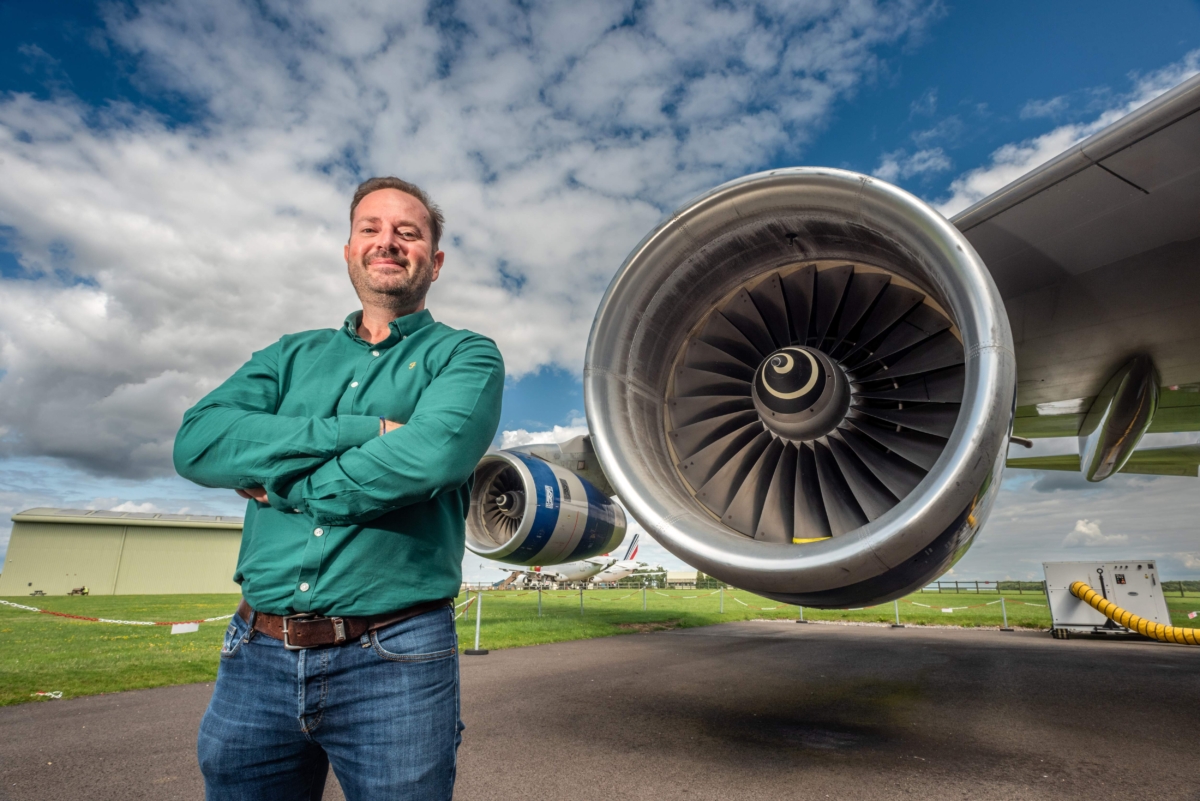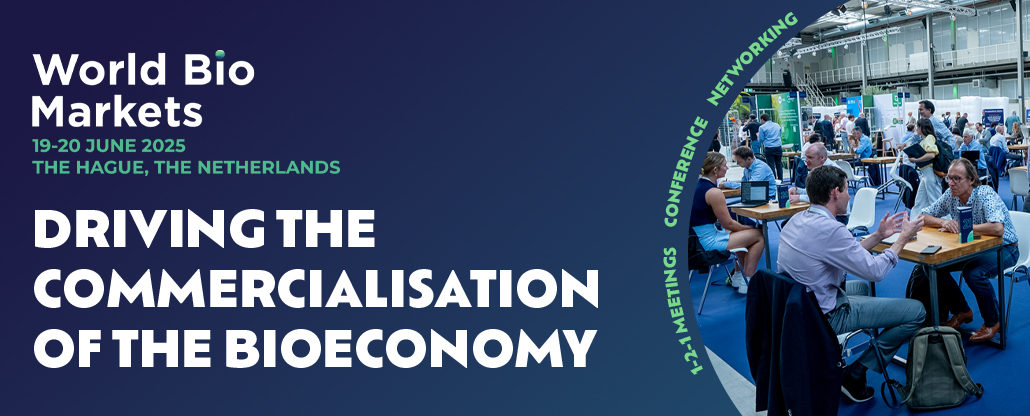Firefly Green Fuels, a company dedicated to reducing aviation’s carbon footprint, is exploring an innovative method to transform the way the world’s airlines are powered: sewage.
“Sewage is interesting to work with. At the moment the only other disposal route in the UK is through agricultural spreading, a practice which will likely be outlawed as soon as a better route is secured,” he added. “Our process gives this waste a new purpose, creating SAF whilst supporting biodiversity in ecosystems currently plagued by agricultural runoff,” James Hygate, Firefly Green Fuels CEO, said.
The company takes sewage sludge from water utilities and separates it into two useful materials through a high-pressure reactor process. The first product, biochar, is used as a fertilizer in the agriculture industry, while the second, bio-crude, can be refined into jet fuel. “We really do need every different route to SAF to work out if we want to meet ambitious global targets,” Hygate said. “That means that more support is needed from governments and other technologies need to also be developed alongside SAF. We really don’t have much time to make these changes if we want to make a significant impact on climate change.”
As approved SAF routes cannot meet the necessary demand in the aviation industry, more solutions are required. Firefly has been in discussions with officials in a major metropolitan area who believe that their sewage-to-SAF process could power up to 80% of flights from their international airport using SAF alone.
Firefly is working at pace towards the making of a first-of-a-kind plant in the UK within this decade. However, that’s just the start. As the feedstock is globally relevant, the company plans to roll this technology out around the world. The sewage-to-SAF process has the potential to significantly reduce aviation’s carbon footprint and transform the way the world’s airlines are powered.
“I think that every route to SAF is incredibly innovative and will be an important part of the puzzle moving forward, but our SAF made from sewage is an incredibly effective and green solution that promises to be very cost-effective too,” Hygate continued. “When looking exclusively at biogenic wastes, the Firefly route shows potential to be the largest single source of SAF globally.”




